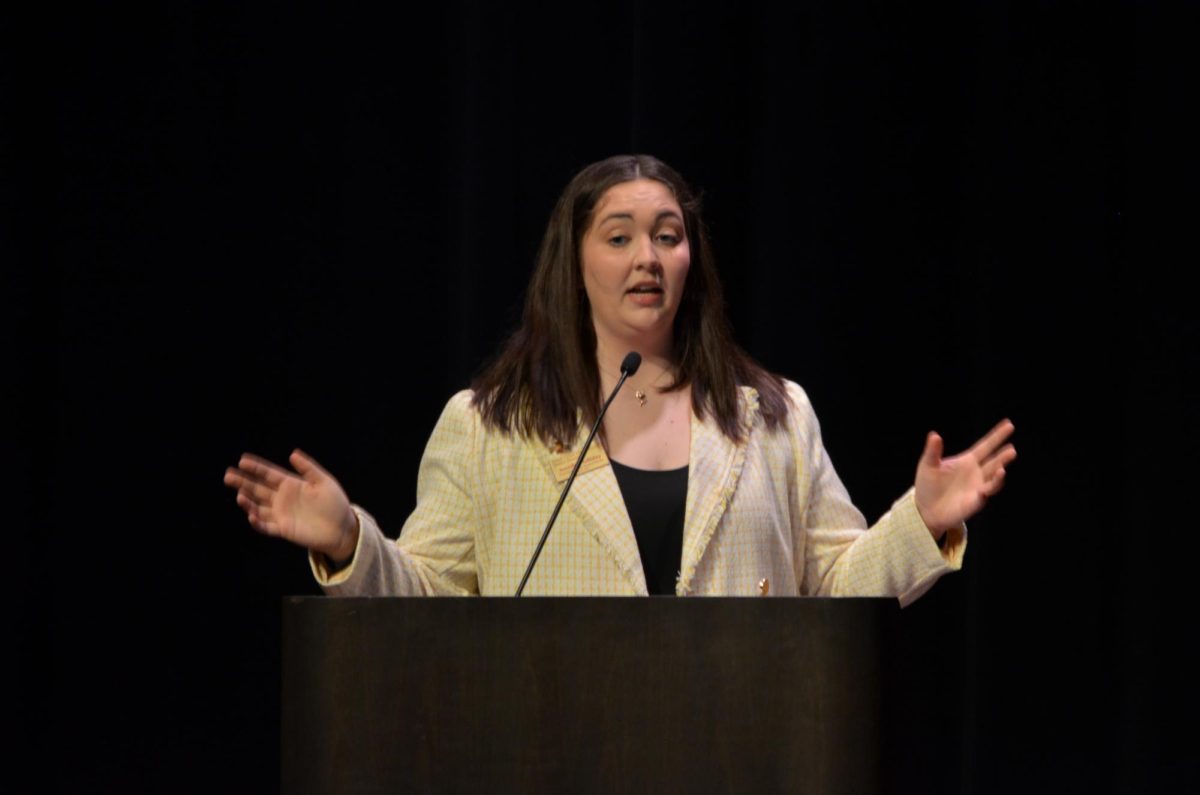Iowa State policies offer process to ensure discrimination does not occur
April 24, 2012
“Respect is the foundation for interchange of ideas, for learning and for working toward common goals.”
This is the first sentence of Iowa State’s discrimination policy, which is implemented to ensure everyone is treated with the respect and fairness that they deserve.
Eric Abbott, professor of journalism and communication and a member of the hiring committee for two new professors at the Greenlee School this spring, referenced the university’s equal opportunity statement posted on all applications as true to its word.
The statement is as follows:
“Iowa State University is an Affirmative Action employer and will take action to ensure that employment practices are free of discrimination. Iowa State University is committed to achieving excellence through a diverse workforce. Iowa State University does not discriminate on the basis of race, color, age, religion, national origin, sexual orientation, gender identity, genetic information, sex, marital status, disability or status as a U.S. Veteran.”
Abbott said people who apply online typically see this statement first.
“People who apply at Iowa State now apply online, so they see [the statement] right away,” Abbott said. “If they are from a protected class, the university invites them to indicate that and if they indicate it, then our human resource department keeps track of the fact that someone from a protected group has applied.”
Abbott explained that although applicants do not have to say if they are of a protected class, the university offers that as an option so they can monitor the applicant’s specific hiring process closer to ensure no discrimination takes place.
Jessica Stolee, program coordinator for the Equal Opportunity and Compliance Office, evaluates complaints issued and admits there has been a discrimination complaint filed within the last year, but she was not specific on what type of discrimination took place.
“Our office provides anti-discrimination and anti-harassment training to new and current employees [of both faculty and staff] to prevent discrimination and harassment,” Stolee said. “During the training, we also discuss what resources are available if they have a concern of discrimination and/or harassment.”
The office undergoes a series of steps when a report is filed.
“When I first receive a complaint, my goal is to try to understand what has happened. I try to ask questions to understand in detail what the person has experienced,” Stolee said.
When it comes to filing a discrimination situation, Stolee agreed it can be tough to investigate when only two people are involved, but she encouraged anyone to report any type of situation.
“Sometimes the complaints only have two sides of the story with no witnesses and those are more difficult to determine if something happened,” Stolee said. “However, there are other factors that are considered during an investigation. In any case, we try to find a resolution that stops the unwanted behavior and prevents it from occurring again.”
















